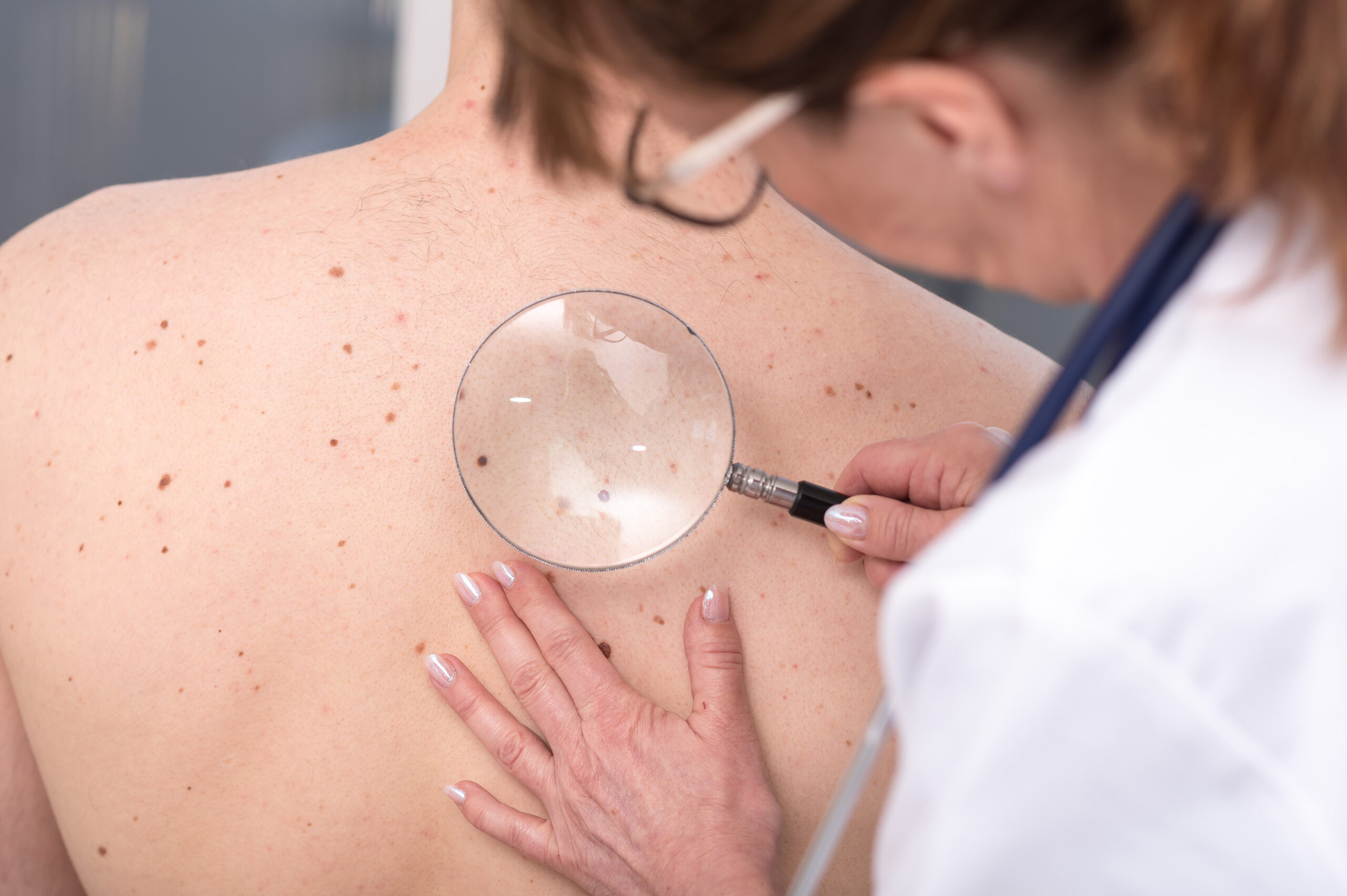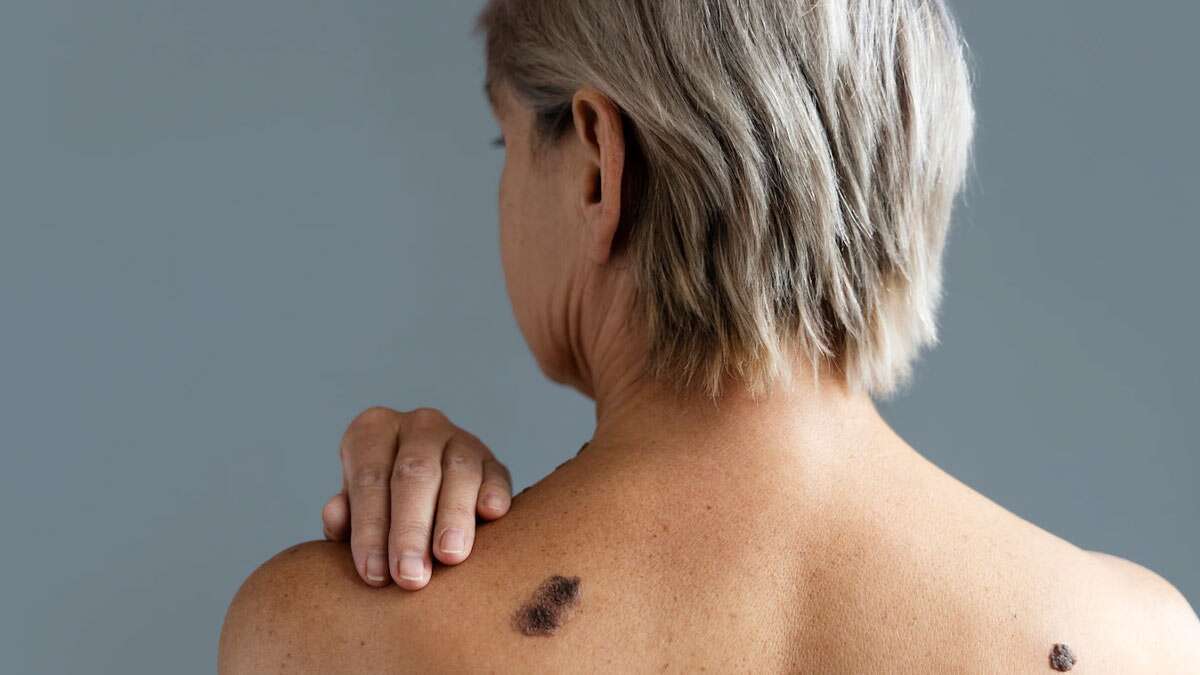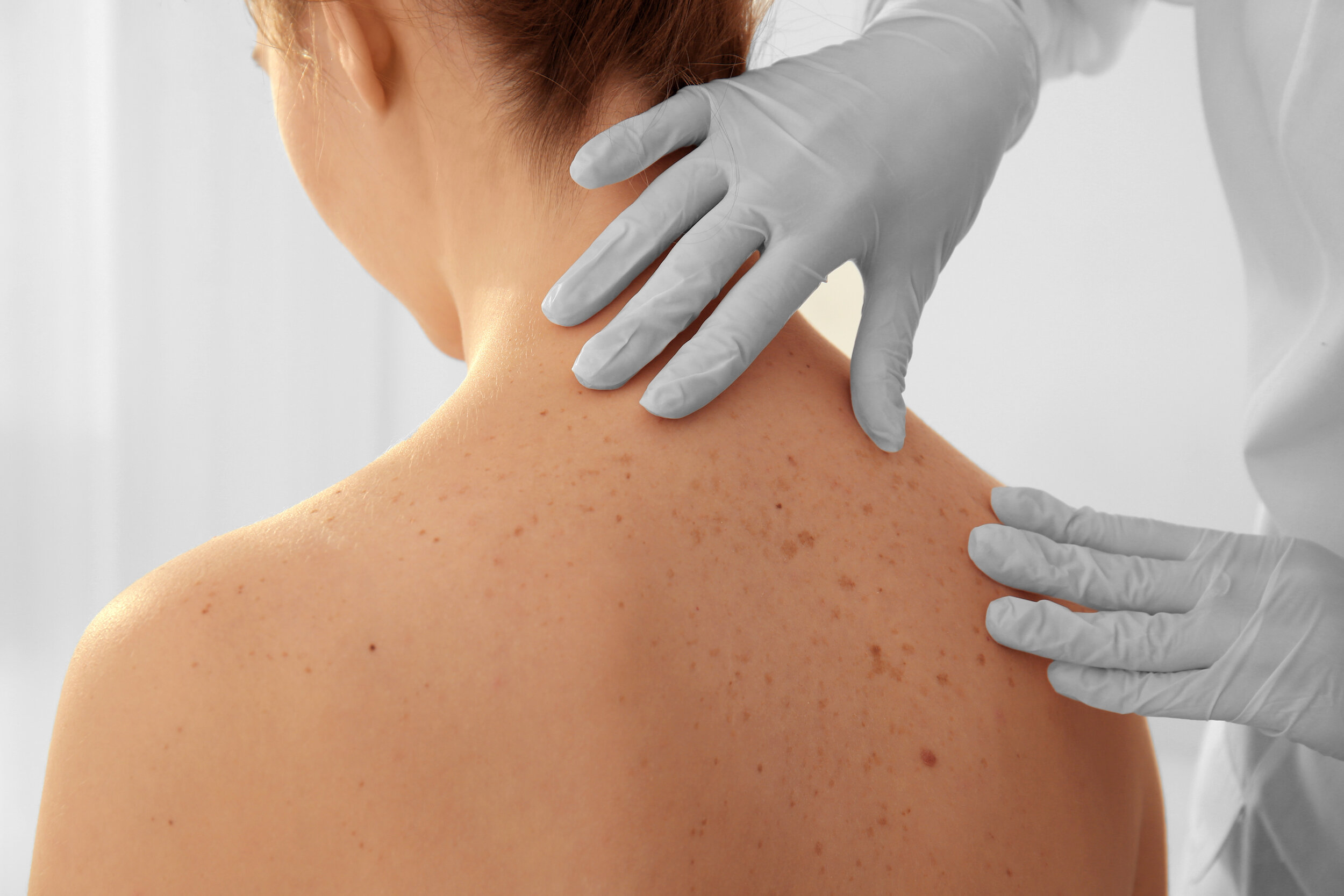Recognizing Skin Cancer Signs - Warning Signs To Watch For
In today's world, recognizing skin cancer signs is of paramount importance for individuals of all ages and backgrounds. Skin cancer, one of the most prevalent forms of cancer globally, can manifest in various ways, making early detection crucial for effective treatment and improved outcomes.
Author:James PierceReviewer:Karan EmeryFeb 19, 2024261 Shares20.1K Views

In today's world, recognizing skin cancer signsis of paramount importance for individuals of all ages and backgrounds. Skin cancer, one of the most prevalent forms of cancer globally, can manifest in various ways, making early detection crucial for effective treatment and improved outcomes. We will delve into the warning signs that individuals should be vigilant about, empowering them with knowledge to proactively safeguard their skin health.
The ABCDE Rule
The ABCDE rule is a helpful mnemonic device used to recognize potential signs of skin cancer, particularly melanoma. Each letter corresponds to a characteristic that can indicate the need for further evaluation by a healthcare professional.
- A stands for asymmetry- This means that if you were to draw a line through the middle of a mole, one half would not match the other half. In other words, asymmetrical moles may have irregular or uneven shapes rather than being perfectly round or oval.
- B represents border irregularity- Normal moles typically have smooth, even borders. However, in cases of skin cancer, the borders may appear jagged, blurred, or notched. This irregularity can be a warning sign of potential malignancy.
- C denotes color variation- Melanomas can show a variety of hues within a single lesion, but benign moles are typically one shade of tan or brown. Shades of black, brown, tan, white, red, or even blue may be included in this. A thorough examination is necessary for any mole exhibiting irregular pigmentation or discernible color changes.
- D refers to diameter- Melanomas typically have a bigger diameter than benign moles, although size alone isn't necessarily a reliable indicator of skin cancer. Generally speaking, moles that measure more than 6 mm, or the size of a pencil eraser, ought to be examined by a dermatologist.
- E signifies evolving or changes over time- This is perhaps one of the most critical aspects of the ABCDE rule. Any changes in size, shape, color, or elevation of a mole or skin lesion should be closely monitored and promptly examined by a healthcare professional. Evolution over time is a key indicator of potential malignancy.
New Or Changing Moles
It is important to keep a close eye on any new or changing moles since they may be a strong warning of possible skin cancer. Any moles that are new or that have changed, including those that have changed in size, shape, color, or texture, should be examined by a medical practitioner.
Even while not all mole alterations are indicative of cancer, routine self-examinations and awareness of any changing characteristics are essential for early detection and prompt intervention, both of which can significantly enhance the course of therapy. It's critical to get medical help right away if you discover any unusual changes in your moles so that they can be properly assessed and managed.
Unusual Itching Or Pain
Unusual skin pain or itching in a particular location might occasionally indicate the presence of underlying skin diseases, such as skin cancer. Periodic soreness or itching is normal and doesn't always mean there's a severe problem, but persistent or inexplicable feelings need to be taken carefully and checked out by a medical expert.
As they spread and infiltrate adjacent tissues, skin malignancies like melanoma and basal cell carcinoma can cause discomfort, tenderness, or itching in the affected area. Therefore, a dermatologist should perform a thorough examination to rule out any potential malignancy and assure appropriate treatment for any persistent itching or pain that does not go away with over-the-counter medications or persists over time.
Persistent Sores
Persistent sores on the skin that fail to heal over a prolonged period can be a cause for concern and may indicate the presence of skin cancer. While minor cuts or wounds typically heal within a reasonable timeframe, sores that remain open, ulcerated, or continue to ooze or crust over for several weeks or months should be evaluated by a healthcare professional.
These non-healing sores may be a sign of basal cell carcinoma, squamous cell carcinoma, or melanoma, especially if they develop on sun-exposed areas or areas that have experienced repeated trauma or irritation. Early detection and treatment of persistent sores are crucial for preventing further progression and improving the chances of successful outcomes in skin cancer cases. Therefore, it's essential to seek medical attention promptly if you notice any persistent or unusual sores on your skin.
Bleeding Or Crusting
The presence of bleeding or crusting on a mole or skin lesion can be an alarming indication of potential skin cancer and should not be ignored. While minor injuries or irritation can sometimes cause temporary bleeding or crusting, persistent or recurrent bleeding or crusting without a clear cause warrants immediate medical attention.
These symptoms may be associated with melanoma or other types of skin cancer, particularly if they occur in conjunction with other warning signs such as changes in size, shape, color, or texture of the lesion. Prompt evaluation by a dermatologist is essential to determine the underlying cause and initiate appropriate treatment, as early detection and intervention can significantly improve outcomes in skin cancer cases.
Uneven Surface
An uneven surface on a mole or skin lesion can be a concerning indicator of potential skin cancer and should be carefully evaluated by a healthcare professional. While most moles have a smooth and even texture, skin cancers such as melanoma can manifest with a rough, scaly, or irregular surface. If you notice any changes in the texture or feel of a mole, including the development of rough or raised areas, it's important to seek medical advice promptly.
Dermatologists can perform a thorough examination and, if necessary, conduct further tests to determine the nature of the lesion and recommend appropriate treatment options. Early detection and intervention are crucial for managing skin cancer effectively and improving outcomes, underscoring the importance of paying attention to any irregularities in the surface of moles or skin lesions.
Family History
A family history of skin cancer can significantly increase an individual's risk of developing the disease and underscores the importance of vigilant monitoring and early detection efforts. People with relatives who have had skin cancer, especially melanoma, are at a higher risk themselves, as genetics can play a role in predisposing individuals to the condition.
Therefore, individuals with a family history of skin cancer should be particularly proactive in practicing sun safety measures, conducting regular self-examinations of their skin, and scheduling routine screenings with a dermatologist. By staying informed about their risk factors and taking proactive steps to monitor their skin health, individuals with a family history of skin cancer can help mitigate their risk and potentially detect any abnormalities at an early, more treatable stage.
Sun Exposure
Sun exposure is a significant risk factor for developing skin cancer, making it crucial to take proactive measures to protect the skin from harmful ultraviolet (UV) radiation. Prolonged or excessive exposure to the sun's UV rays can damage the skin's DNA and increase the risk of developing skin cancer, including melanoma, basal cell carcinoma, and squamous cell carcinoma.
To reduce this risk, it's essential to practice sun safety habits such as wearing sunscreen with a high SPF, seeking shade during peak sun hours, wearing protective clothing like wide-brimmed hats and sunglasses, and avoiding tanning beds altogether. By minimizing exposure to UV radiation and adopting sun-safe behaviors, individuals can help lower their risk of developing skin cancer and promote long-term skin health.
Tanning Beds
Tanning beds pose a significant risk to skin health and increase the likelihood of developing skin cancer, including melanoma, basal cell carcinoma, and squamous cell carcinoma. The ultraviolet (UV) radiation emitted by tanning beds damages the DNA in skin cells, leading to mutations that can eventually result in cancerous growths.
Despite the allure of a tan, using tanning beds is not a safe alternative to sun exposure and should be avoided altogether. The World Health Organization has classified tanning beds as carcinogenic to humans, highlighting the serious health risks associated with their use. Instead of tanning beds, individuals seeking a tan should opt for safer alternatives such as self-tanning lotions or spray tans, and prioritize sun safety practices to protect their skin from harmful UV radiation.
Regular Skin Checks
Regular skin checks are essential for early detection of skin cancer and play a crucial role in maintaining skin health. By performing monthly self-examinations and scheduling annual screenings with a dermatologist, individuals can identify any suspicious changes in moles, freckles, or other skin lesions promptly. Early detection enables early intervention, which can significantly improve treatment outcomes and reduce the risk of complications associated with advanced-stage skin cancer.
Recognizing Skin Cancer Signs - FAQ
How Do You Know When Skin Cancer Is Starting?
A change in your skin is the most common sign of skin cancer. This could be a new growth, a sore that doesn't heal, or a change in a mole. Not all skin cancers look the same. Does the mole or spot have an irregular shape with two parts that look very different?
How Does Your Body Feel When You Have Skin Cancer?
Basal and squamous cell skin cancers often don't cause bothersome symptoms until they have grown quite large. Then they may itch, bleed, or even hurt. But often they can be seen or felt long before they reach this point.
How Do You Confirm Skin Cancer?
Remove a sample of suspicious skin for testing (skin biopsy). Your doctor may remove the suspicious-looking skin for lab testing. A biopsy can determine whether you have skin cancer and, if so, what type of skin cancer you have.
Final Thoughts
Being vigilant and proactive in recognizing skin cancer signs can significantly impact the prognosis and treatment outcomes for individuals. By familiarizing oneself with the warning signs outlined in this article, individuals can take charge of their skin health, seeking timely medical attention when necessary. Remember, early detection saves lives, and staying informed is the first step towards prevention and effective management of skin cancer.

James Pierce
Author

Karan Emery
Reviewer
Latest Articles
Popular Articles

